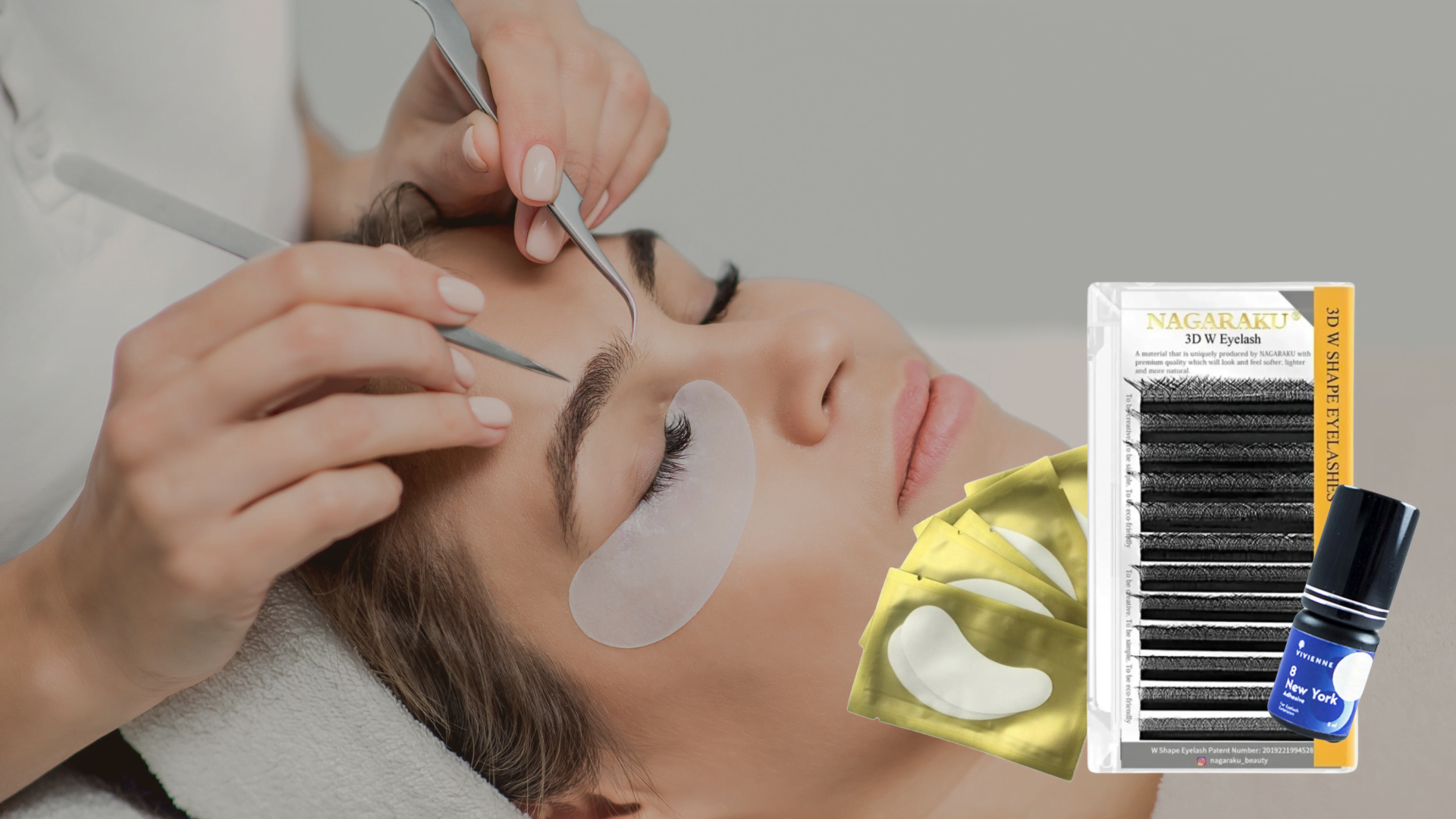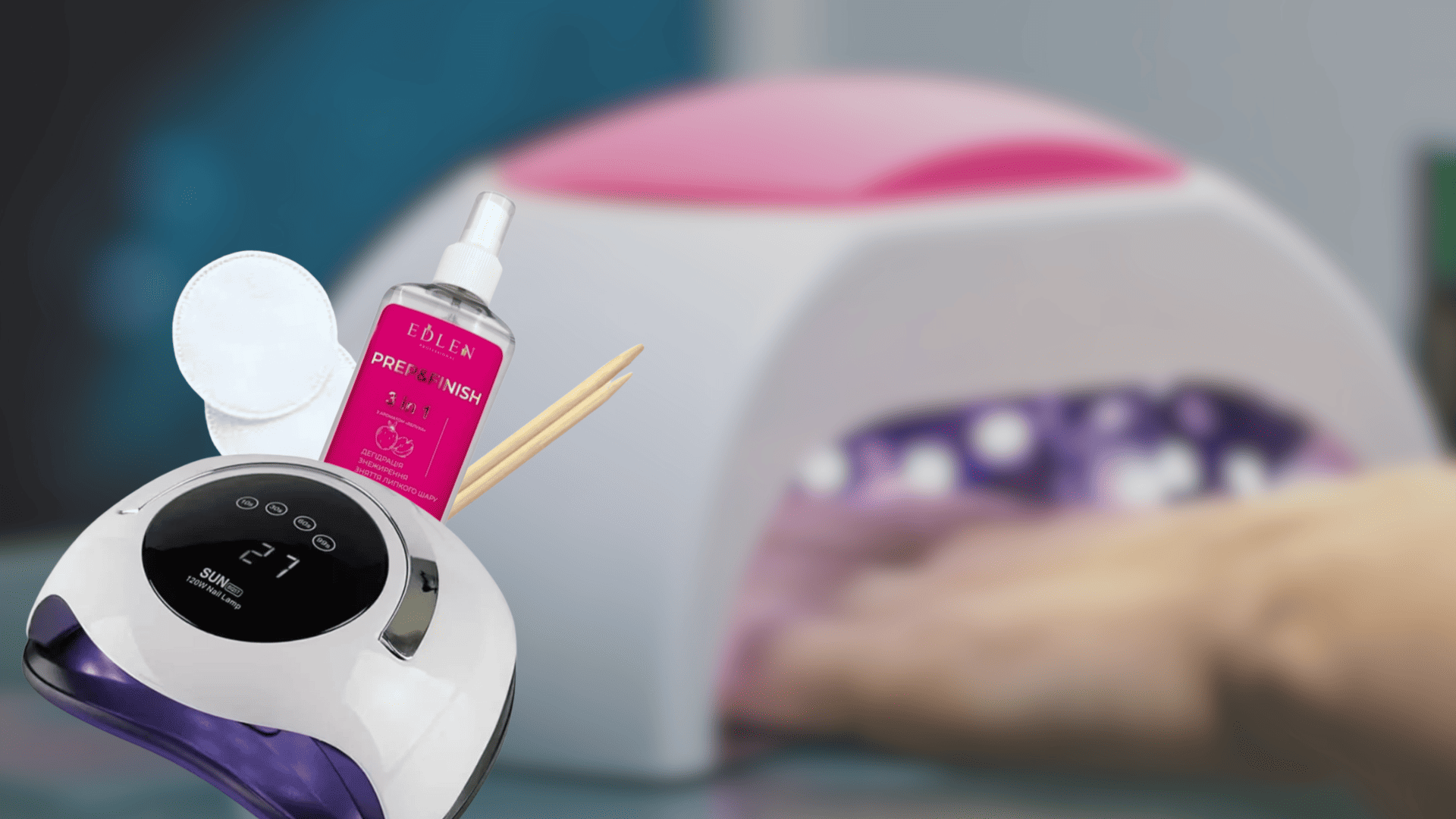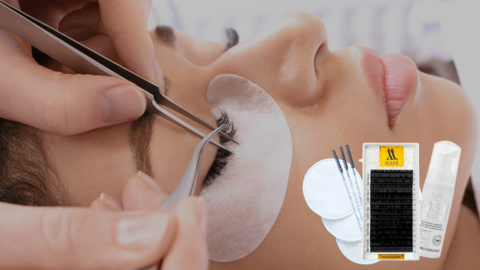Stamping, Casting, Acrylic Decorations: Overview of Popular Nail Art Techniques

Hello, nail art enthusiasts! This is the VSB.Store team. Today’s article is dedicated to popular nail care techniques that allow for the creation of unusual and unique patterns on nails. Let’s take a closer look at stamping, casting, and acrylic decorations. Ready for a dose of inspiration? Let’s begin!
Stamping
What is it?
Stamping is a technique that involves transferring patterns from a stamping plate to the nails using a special stamper. It’s a quick and effective way to achieve complex designs without the need for hand painting.
How to do it?
- Choose a pattern: Select a plate with the design you’re interested in.
- Apply polish: Apply polish to the chosen design on the plate.
- Remove excess polish: Scrape off the excess polish from the plate.
- Stamping: Press the stamper onto the design to transfer the polish onto the stamper.
- Application on the nail plate: Quickly and accurately transfer the design from the stamper onto the nail plate.
- Apply top coat: Apply a top coat to protect the design.
Pros:
- Speed and accuracy.
- Ability to create intricate patterns.
- Wide selection of plates and designs.
Cons:
- Requires some practice to achieve perfect results.
- Needs specialized tools.
Casting
What is it?
Casting is a nail art technique that uses molds, gels, or acrylics to create three-dimensional decorations on the nails. It’s a great way to add unique and textured elements to nail design.
How to do it?
- Choose a mold: Select the mold for casting the chosen shape.
- Apply gel/acrylic: Apply the appropriate amount of gel or acrylic into the mold.
- Curing: Cure the gel or acrylic in a UV/LED lamp (for gel) or wait for curing (for acrylic).
- Remove from the mold: Carefully take the cured piece out of the mold.
- Application on the nail plate: Attach the casting to the nail using glue or dip it directly into wet gel.
Pros:
- Creates unique and three-dimensional decorations.
- Great possibilities for customization.
Cons:
- Requires specialized tools and materials.
- May require time.
Acrylic Decorations
What is it?
Acrylic decorations are a technique in which nails are sculpted using acrylic powder and liquid, creating three-dimensional patterns and textures. This is a popular method for creating flowers, leaves, and other decorative elements in a three-dimensional format.
How to do it?
- Prepare the nails: Prepare the base nails.
- Mix the acrylic: Mix acrylic powder with liquid to achieve the desired consistency.
- Create decorations: Use an acrylic brush to shape patterns and forms directly on the nail.
- Curing: Wait for the acrylic to harden in the air.
- Finish: Apply a top coat to protect the decorations.
Pros:
- Creates three-dimensional and realistic patterns.
- Great possibilities for customization and creativity.
Cons:
- Requires practice and skill.
- The process may take time.
Conclusion
Each of these techniques—stamping, casting, and acrylic decorations—has its unique features and applications. The choice of technique depends on your preferences, skills, and customer expectations. We encourage you to experiment and discover new ways to decorate nails. Remember, practice is key: the more you practice, the better your results will be.
In our VSB.Store, you will find all the necessary tools and materials for stamping, casting, and acrylic decorations. Happy shopping, and we wish you creativity and enjoyment in creating beautiful manicures!






